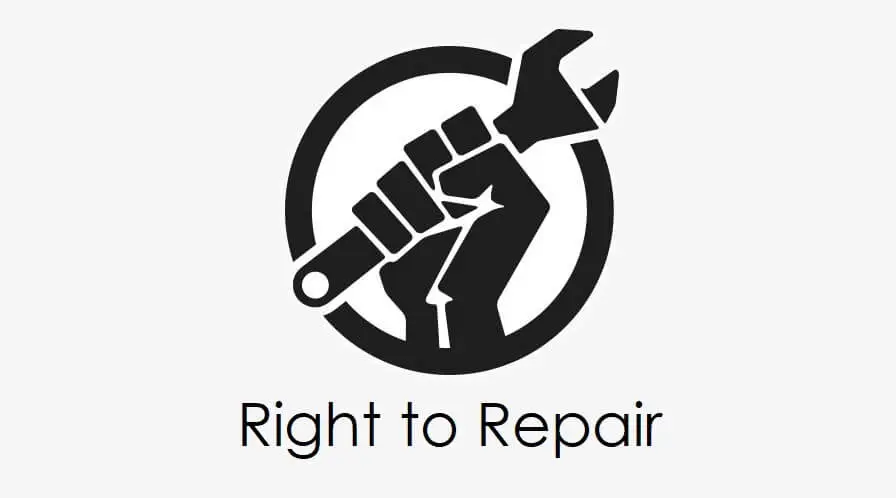We’ve all been there. A cracked phone screen, a games console refusing to load, a laptop that’s decided to retire prematurely. For too long, the response has been a frustrating and often expensive trip back to the manufacturer, or worse, the purchase of a whole new device. But a growing global movement is fighting back: the “Right to Repair”. At the Digital Repair Café in Milton Keynes, we’re passionate about empowering you to fix your own electronics, and a huge part of that is understanding your rights.
From Open Source to Closed Doors: The Origins of the Fight
The concept of being able to repair something you own seems like common sense. Early technology, from cars to computers, was often designed to be tinkered with and fixed. However, as our devices have become more complex and miniaturised, a shift has occurred. Many large corporations have actively made their products difficult, if not impossible, for individuals and independent shops to repair. This “planned obsolescence” forces consumers into a cycle of replacement, generating vast amounts of e-waste and costing us all more money. The Right to Repair movement emerged to challenge this, advocating for everyone to have access to the parts, tools, and information needed to fix their own belongings.
A Tale of Two Legislations: The UK and Europe
Recognising the growing problem, legislators have started to take action. In the UK, the “Right to Repair” regulations came into force in July 2021. These rules require manufacturers of certain appliances, like washing machines and TVs, to make spare parts and repair information available to professional repairers. While a step in the right direction, the UK’s legislation has its limitations. It doesn’t yet cover many of our most-used gadgets, like smartphones and laptops, and there’s no cap on the price of spare parts, which can make repairs uneconomical.
Across the Channel, the European Union has taken a more robust stance. The EU’s “Right to Repair” directive, adopted in 2024, is more comprehensive. It covers a wider array of products, including smartphones, and introduces a “repairability” score to help consumers make informed choices. Crucially, the EU is also tackling the issue of “parts pairing,” where manufacturers use software to prevent the use of third-party components, a significant barrier to independent repair.
We champion and lobby for UK legislation to improve and at least pull even to our European neighbours.
The Corporate Pushback
Unsurprisingly, the push for greater repairability has faced resistance from some of the world’s biggest tech companies. Giants like Apple and Samsung have historically lobbied against Right to Repair legislation, citing concerns over intellectual property, security, and safety. Their tactics are often subtle but effective. Think software locks that prevent a perfectly good third-party component from working, or making essential repair manuals and diagnostic tools exclusively available to their own authorised technicians.
Even in the agricultural sector, companies like John Deere have faced legal challenges for restricting farmers’ ability to repair their own tractors, highlighting that this is a widespread issue affecting more than just our personal gadgets.
Your Role in the Repair Revolution
So, what can you do? By choosing to repair your devices, whether it’s bringing them to us at the Digital Repair Café, or attempting a fix yourself, you’re casting a vote for a more sustainable and consumer-friendly future. Supporting the Right to Repair movement sends a powerful message to manufacturers that we, the owners, should have the right to fix the things we buy. Let’s work together to keep our technology running for longer, saving money and the planet in the process.
Join the repair revolution and think before buying your next device: “How repairable is it?”
Go further
Here is an incomplete list of great resources of community projects to companies who made it their mission to provide repairable alternatives. What resources have you found? Share them with us in the comments or create a pull request for this page to add it via git.
